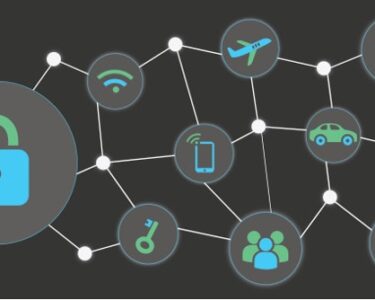
Digital Green Living: Embracing Technology for a Sustainable Lifestyle
In the modern era, technology plays a pivotal role in shaping our lives. From communication to entertainment, it’s hard to imagine life without our digital devices. However, as we become increasingly connected, we must also consider the environmental impact of our digital habits.
Digital green living is a concept that embraces technology while prioritizing sustainability. It involves using digital devices and services in a way that minimizes their environmental footprint. Here are some key principles of digital green living:
1. Energy Efficiency:
Choose energy-efficient devices and chargers. Look for laptops, smartphones, and other gadgets with Energy Star ratings or that use eco-friendly materials. Use power-saving modes and turn off devices when not in use.
2. Extended Device Lifespan:
Avoid frequent upgrades and repairs by taking good care of your devices. Use protective cases, clean them regularly, and keep their software up to date.
3. Responsible E-Waste Disposal:
When it’s time to dispose of old devices, recycle them responsibly. Many electronics companies offer recycling programs or partner with local recycling centers. Avoid dumping e-waste in landfills, where it can release harmful chemicals.
4. Cloud-Based Services:
Utilize cloud-based services for storage and computing instead of maintaining physical devices. This can reduce energy consumption and e-waste generation.
5. Digital Decluttering:
Regularly declutter your digital devices by deleting unnecessary data, apps, and files. This can free up storage space and improve the energy efficiency of your devices.
6. Green Apps and Browsers:
Choose apps and browsers designed to minimize data consumption and energy usage. Some apps may offer eco-friendly modes or features.
7. Energy-Conscious Gaming:
If you enjoy gaming, opt for games that are optimized for energy efficiency. Use energy-saving settings and reduce screen brightness while playing.
8. Ethical Social Media Use:
Consider the environmental impact of your social media habits. Follow organizations that promote sustainability and use social media to raise awareness about eco-friendly practices.
9. Smart Home Technologies:
Smart home technologies can help you reduce energy consumption. For example, smart thermostats can adjust the temperature based on your needs, while smart lighting systems can turn off lights when not in use.
10. Green Digital Shopping:
When shopping online, choose retailers that prioritize sustainability. Opt for eco-friendly packaging and shipping methods. Consider buying refurbished or used products instead of new ones.
By embracing these principles, we can leverage technology to live more sustainable lives. Digital green living allows us to enjoy the benefits of our digital devices while minimizing our environmental impact. It’s a win-win situation for our planet and our future.


